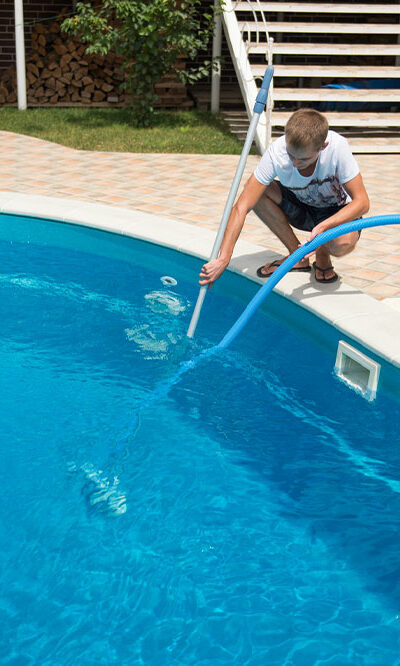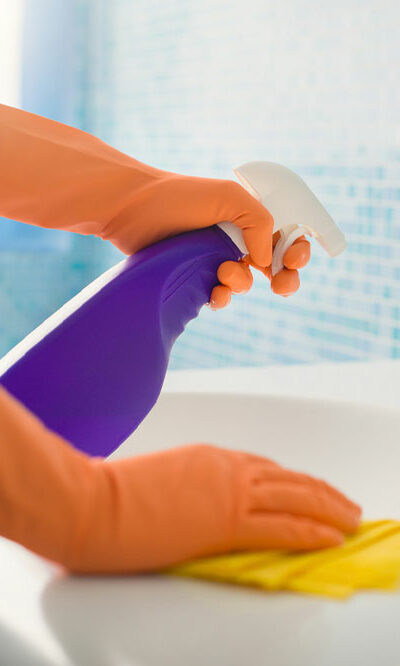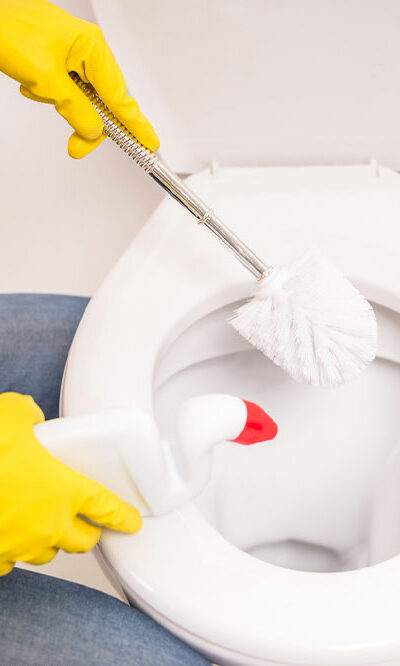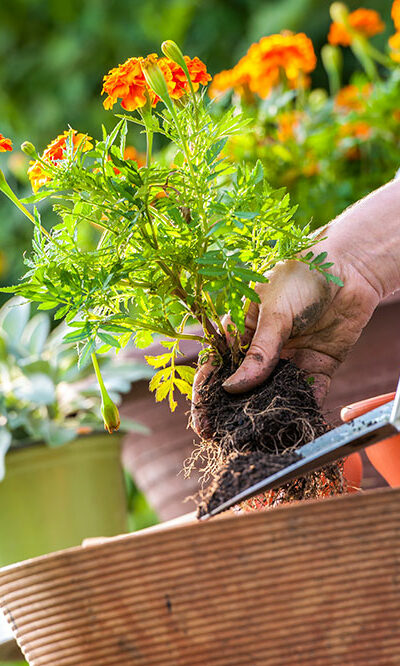
5 signs that suggest it’s time for home remodeling
It is easy to fall in love with your dream home, but if you have lived in a particular space long enough, you might know that the structure isn’t everlasting and may wither with time. However, it’s not always easy to tell if a home needs to be remodeled, as some issues could be fixed with a simple coat of paint. Five signs that suggest your home requires a revamp are listed below. Floor damage Having strong and sturdy floorboards in your home is essential to move around safely. However, if they start to detach and carve a hole into the ground, it might be a sign to remodel the space. One could hire a professional to get the job done. Moreover, replacing tiled flooring with wood-based options could help it last longer. Even if you have a carpet cleaned by a professional at regular intervals, it is advised to replace it every ten years. Leaky roofs The roof of a home needs to be in prime condition to protect the interiors from extreme weather conditions. Minor leaks could be fixed with a DIY kit or a professional’s help. However, if it starts to leak in more than one location, it’s time to get it replaced or remodeled. Need of additional space If your family has grown since you first purchased the home, you may notice that the space is more cramped than it used to be. Such situations require hiring a professional to help plan and improve the home’s layout. Doing so will help make it more spacious to accommodate all family members. Pest infestations If you see pests in and around your house regularly, it could be a cause for concern. These rodents or insects may burrow in the gutters or attic, damaging the home space. Further, this may also affect the overall structure of your home.










